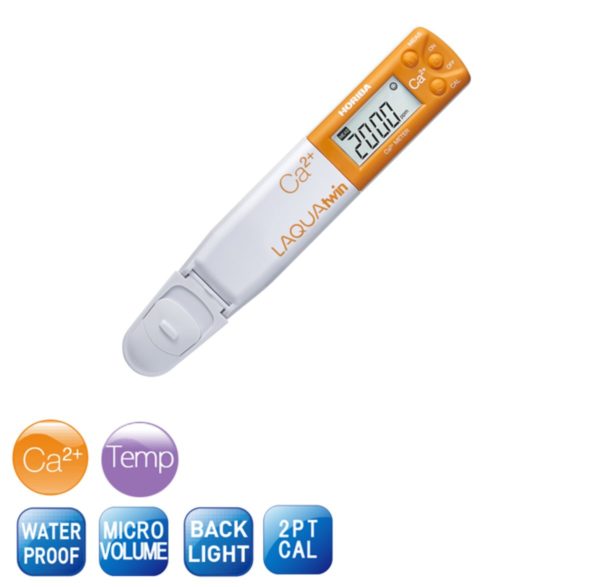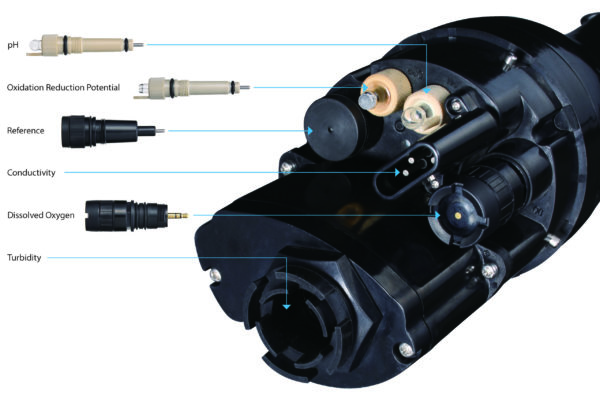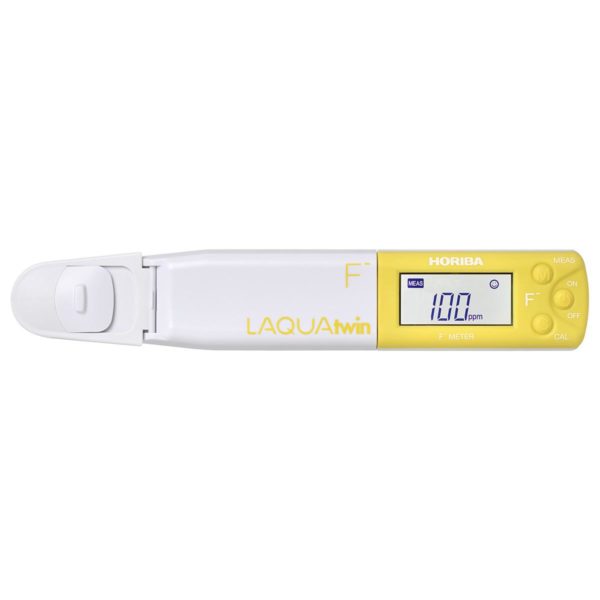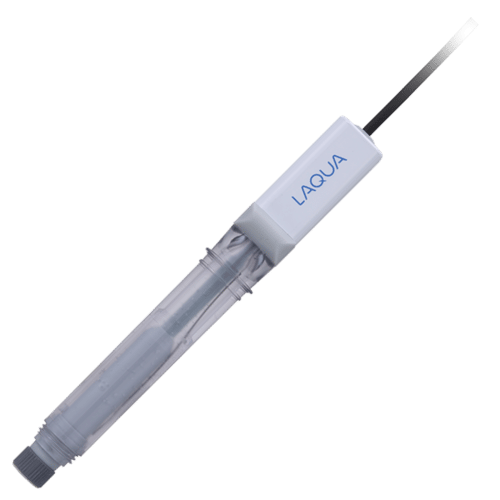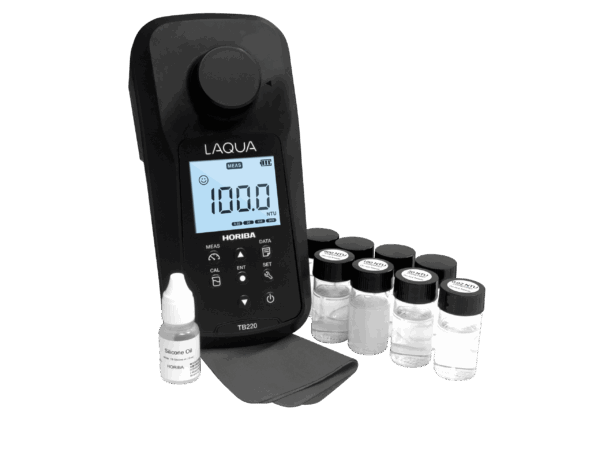Turbidity sensors are sensitive instruments, and small calibration or handling issues can cause unreliable results.
The good news? With a few simple checks and the right calibration process, you can get your readings stable and accurate again.
Step 1 – Confirm Your Calibration Process
Before diving into deeper troubleshooting, make sure you can answer “yes” to these key questions:
-
Are you performing a full manual 4-point calibration?
While the U-50 allows for 2, 3, or 4-point calibration, the 4-point option provides the most accurate readings across a wider range of water conditions. -
Are you using formazin-based turbidity standards (8 NTU, 80 NTU, and 400 NTU)?
Formazin is the recognised standard for turbidity calibration — and using the correct NTU values matters. -
Are you shaking or mixing the turbidity standards before calibration?
Sediment can settle quickly, so gently shake or stir the solution to ensure the particles are evenly distributed before use.
Step 2 – Understand Your Calibration Standards
It’s common for users to assume the Auto Cal solution covers turbidity — but here’s the catch:
Auto Cal has a turbidity value of 0 NTU, which is essentially the same as distilled water.
-
If you’re performing a 2-point calibration, you’re to use distilled water (0 NTU) for your first point.
-
Your second point (Span), however, must be a different NTU value. Choose from:
-
8 NTU – Low range
-
80 NTU – Mid range
-
400 NTU – High range
-
Step 3 – Match Calibration to Your Application
The number of calibration points you use depends on your monitoring needs:
-
2-Point Calibration – Suitable for narrow-range monitoring.
-
3-Point Calibration – Start with distilled water at the zero point (0 NTU), then select the next two span points from the low, mid, and high turbidity ranges. (Note: You will omit one range, so choose the two most appropriate for your sample conditions.)
-
4-Point Calibration (Recommended) – Best for accuracy across a full range of water conditions.
Step 4 – Other Factors That Affect Readings
-
Dirty or scratched sensor windows – Clean with a soft turbidity sponge (supplied with the meter) and avoid abrasive materials.
-
Air bubbles on the sensor – Tap gently or rinse to release trapped bubbles before taking readings.
-
Sample movement – Keep the sensor stable in still water for consistent readings.
By following these steps, you’ll get the most from your U-50’s turbidity sensor and avoid inconsistent results. If you need formazin-based calibration standards, extra sensors, or technical help, our team at Australian Scientific Pty Ltd is here to help — we stock 8 NTU, 80 NTU, and 400 NTU solutions ready to ship.

